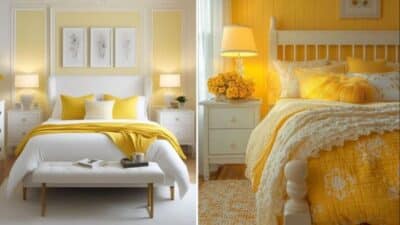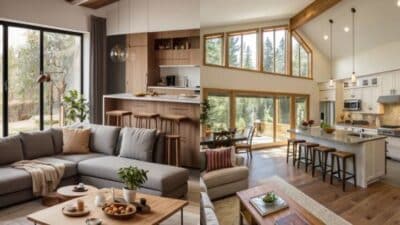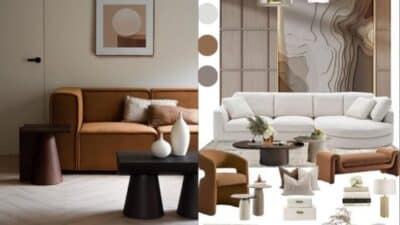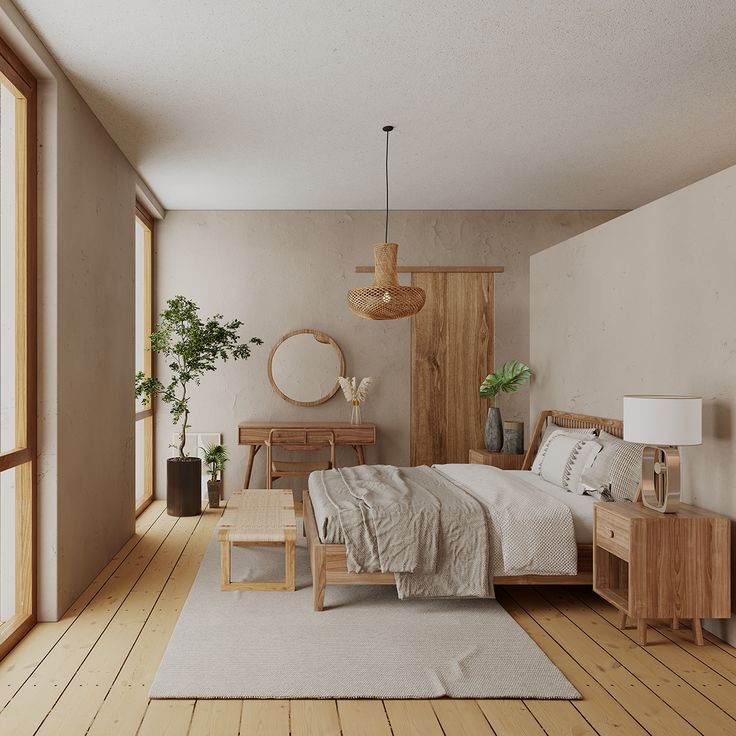
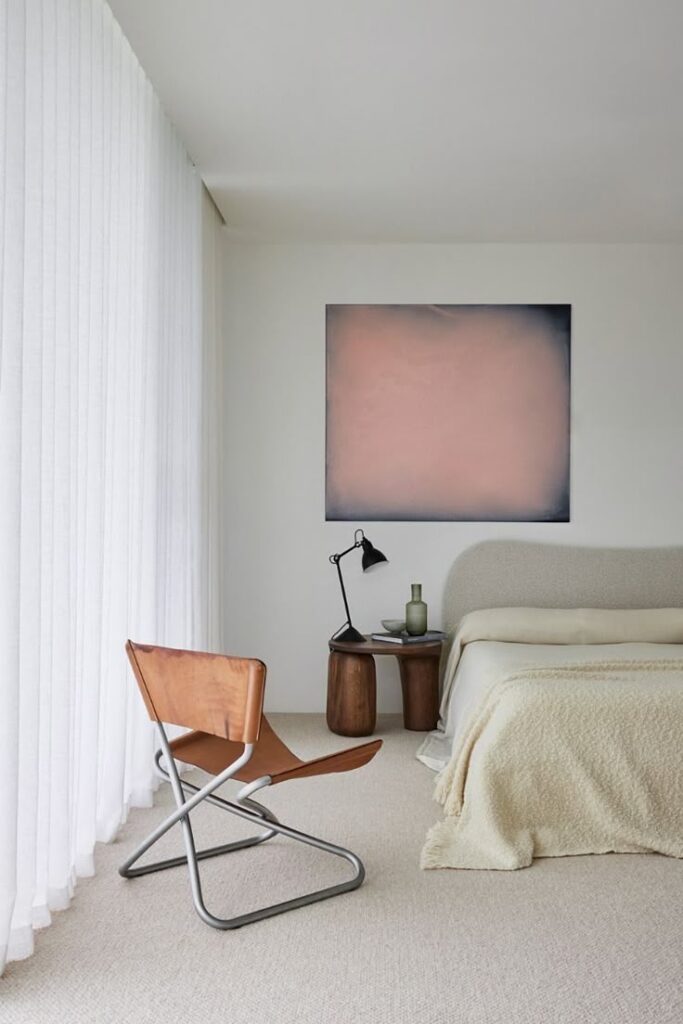
Minimalism and boho style offer two very different ways to design a living space. Minimalism focuses on simplicity, clean lines, and using only what is necessary. Boho style embraces a mix of colors, patterns, and a relaxed, free-spirited vibe. The key difference is that minimalism is about less clutter and calm, while boho style is about vibrant, creative expression.
People choose minimalism to create a peaceful and organized environment. On the other hand, boho style appeals to those who want a warm and personalized space full of character. Both styles reflect different lifestyles and values, making the choice a matter of personal preference.
Understanding these styles helps in deciding which fits best for a home or lifestyle. Knowing the basics of each can also guide how to blend or balance the two for a unique look.
Key Takeways
- Minimalism centers on simplicity and order
- Boho style emphasizes color and pattern variety
- Both styles reflect different ways to live and decorate
Core Principles of Minimalism and Boho Style
Minimalism focuses on simplicity, clean lines, and limited color palettes. Boho style values eclectic mixes, patterns, and natural textures. Both have distinct goals and aesthetic choices but can share a love for personal expression and comfort.
Defining Minimalism
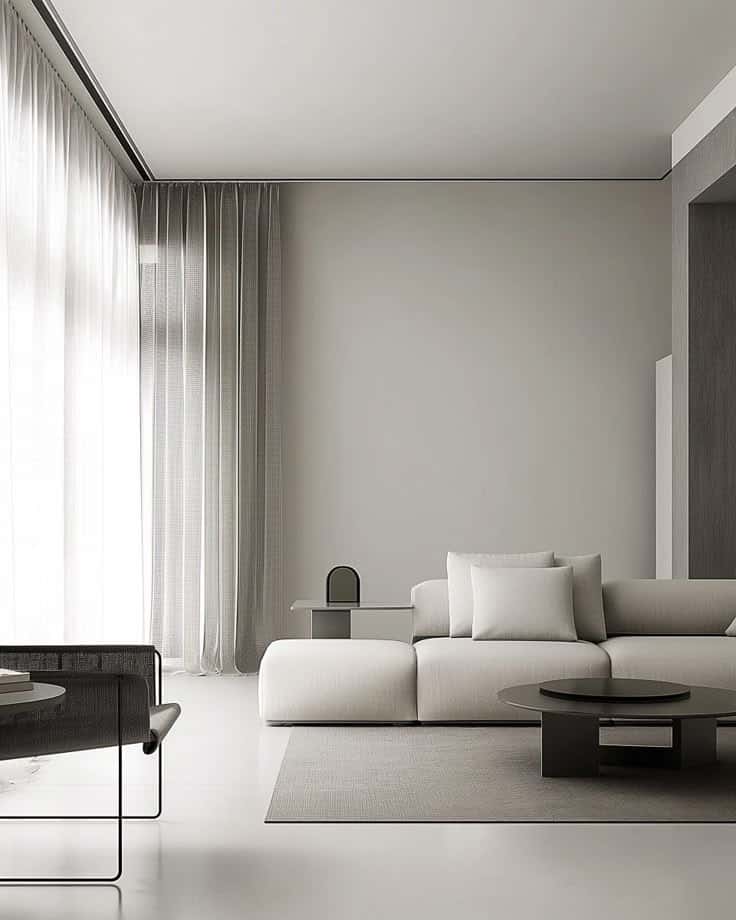
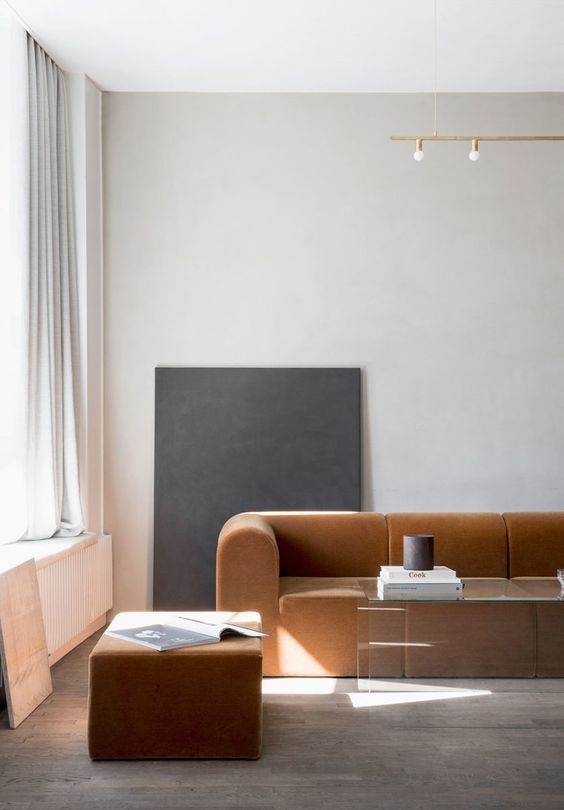
Minimalism centers on “less is more.” It uses a few carefully chosen items to create a clear, uncluttered space. Colors are mostly neutral such as white, gray, and beige. Furniture and decor have simple shapes without extra details.
The style promotes open space and function. Each piece must serve a purpose or add clean beauty. Minimalism avoids busy patterns and too many decorations. It encourages calm and order, often using hidden storage to clear surfaces.
Defining Boho Style
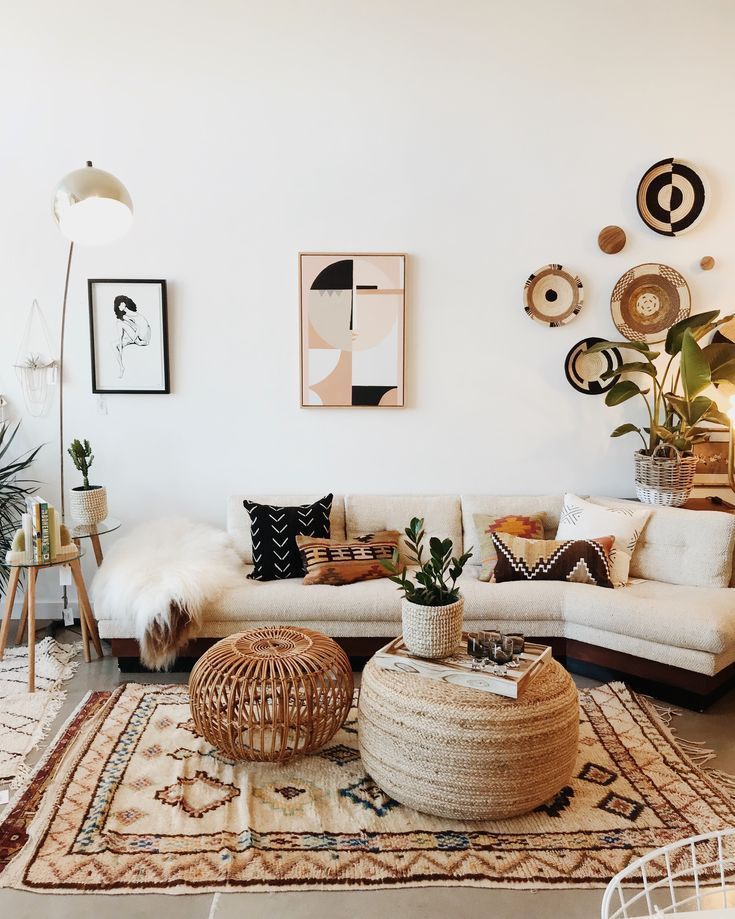

Boho style is colorful, relaxed, and layered. It combines mixed patterns, textures, and natural materials like wood, rattan, and woven fabrics. Colors range from earthy tones to bright jewel shades.
Boho values handmade, vintage, and global-inspired items. It allows personal stories to show through decor. Spaces often feature plants, textiles, and unique art that create warmth and comfort. The look is casual and inviting.
Key Contrasts and Overlaps
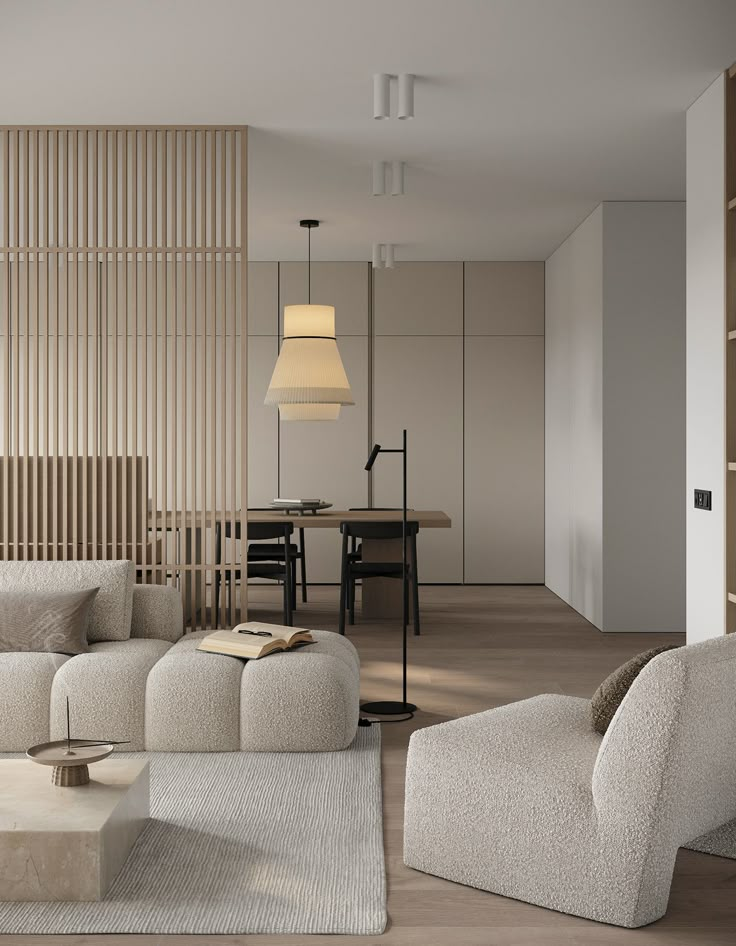
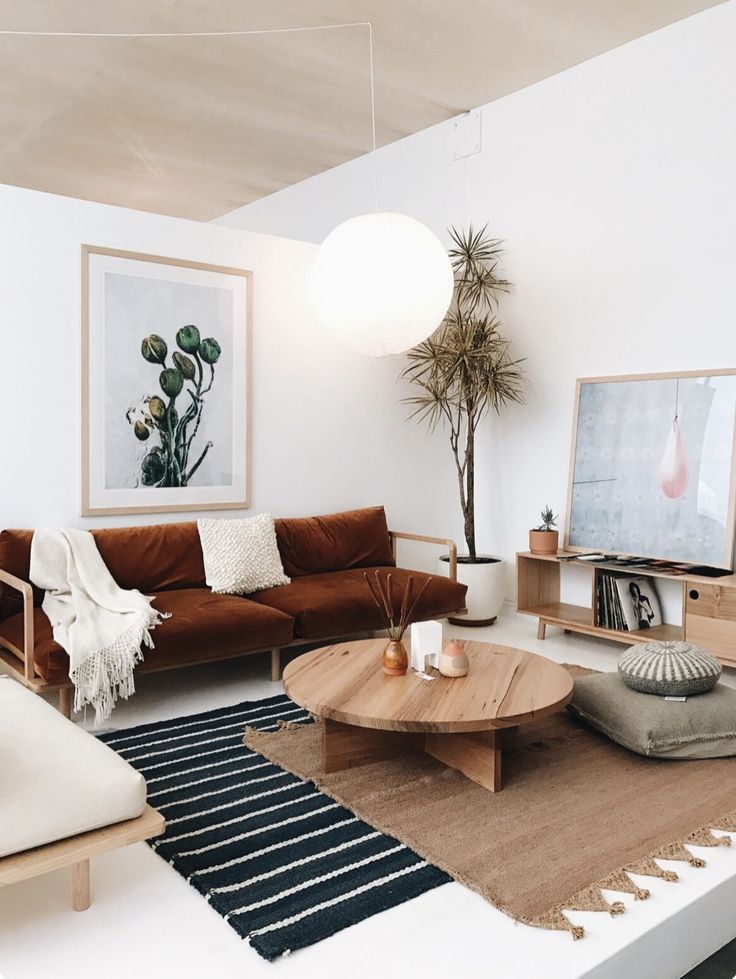
Minimalism and Boho contrast in color and clutter. Minimalism sticks to few colors and clear surfaces. Boho embraces many colors and layers of decor.
They overlap in valuing comfort and personal meaning. Both styles avoid fast trends and focus on what feels right long term. Both can combine natural elements and functional spaces for everyday living.
Visual Elements and Color Palettes
Visual style and color choices shape how a space feels. This affects mood, focus, and how objects and furniture blend together. Both styles use distinct colors, materials, and shapes to create a unique atmosphere.
Minimalist Aesthetic


Minimalist design focuses on clean lines and simplicity. It uses neutral colors like white, gray, black, and beige to create calm and order. Shapes tend to be geometric and sharp, with few decorations or patterns.
Spaces often feature open areas and uncluttered surfaces. Elements are carefully chosen for function and form, avoiding anything extra. This creates a sleek, modern look that feels spacious and calm.
Boho Color Schemes

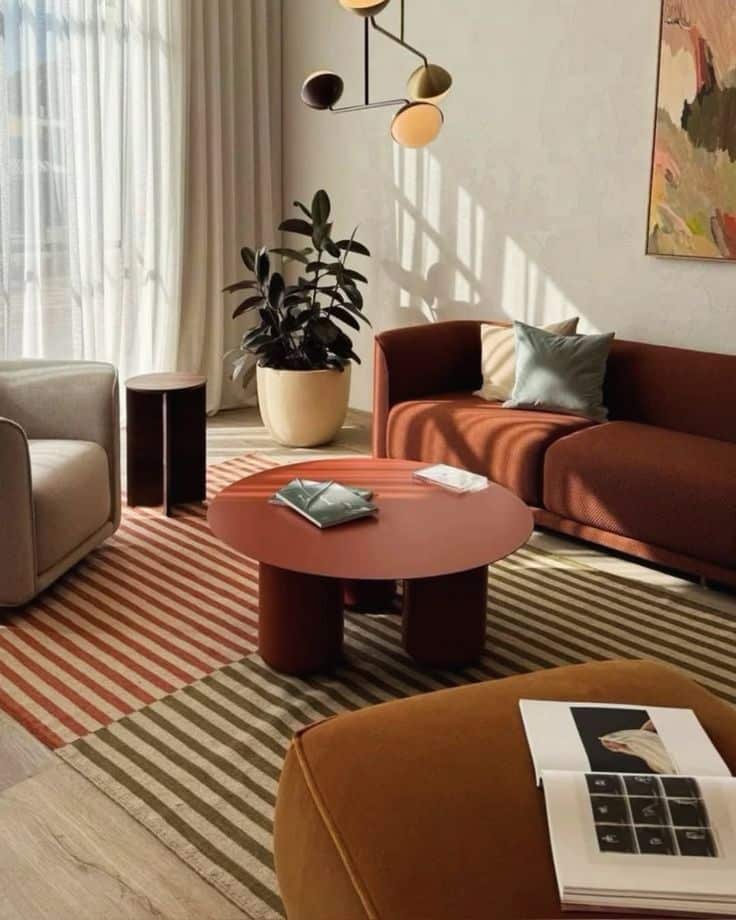
Boho style favors warm, rich, and earthy tones. Colors like burnt orange, mustard yellow, deep reds, and olive green are common. These shades often come in vibrant combos or layered with softer pastels.
Boho palettes feel lively and inviting. They reflect nature and culture with multiple colors used together. This mix creates a free-spirited, relaxed vibe that contrasts with the minimalist approach.
Textures and Materials
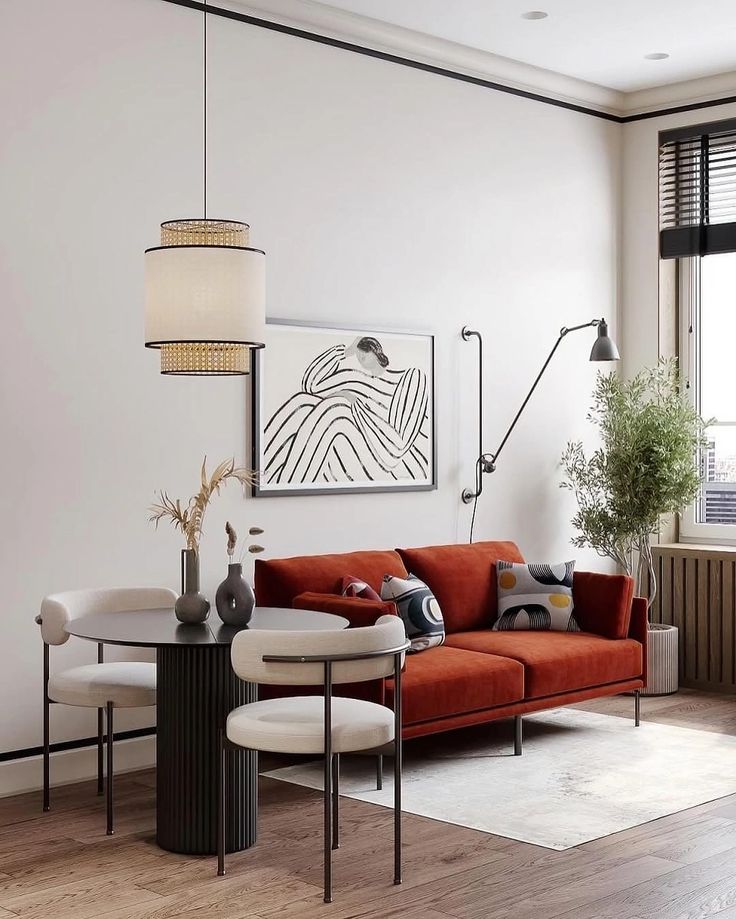
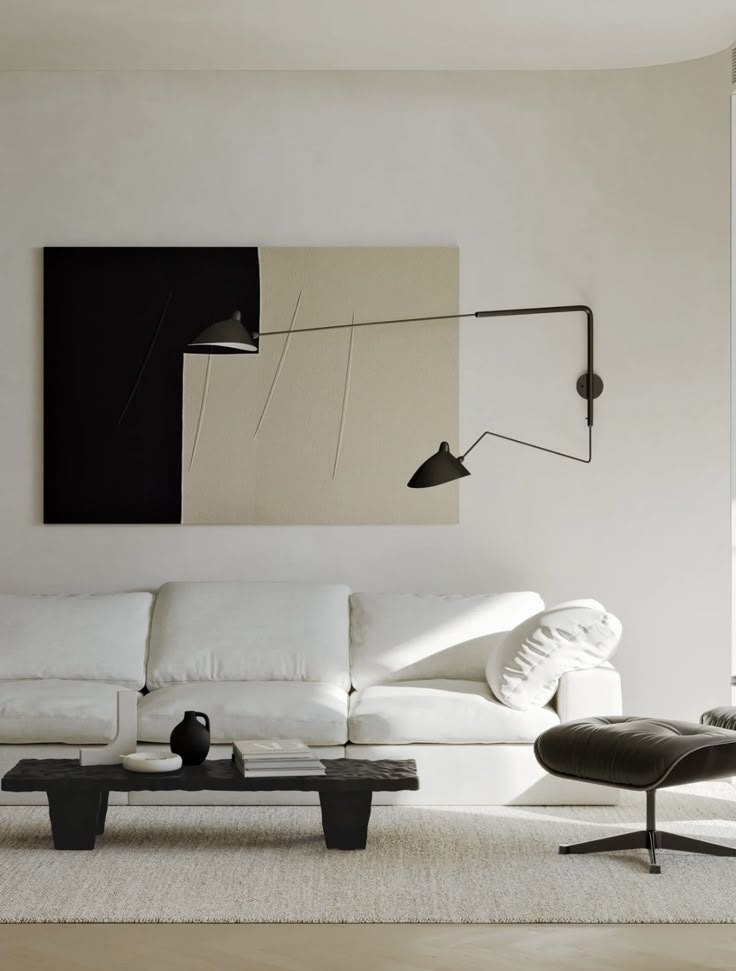
Minimalism relies on smooth and polished textures, such as metal, glass, and lacquered wood. Surfaces are often matte or glossy but remain simple without heavy patterns.
Boho style embraces a variety of textures like woven fabrics, natural wood, rattan, and leather. Layering these materials adds depth and warmth. Handmade or vintage items are also common to enhance the tactile feel.
Decor and Furniture Choices
Decor and furniture play a big role in defining how a space looks and feels. Some styles focus on simplicity and function, while others celebrate color and variety. The choices in accents, essentials, and furniture shapes set the tone for each style’s overall effect.
Minimalist Decor Accents
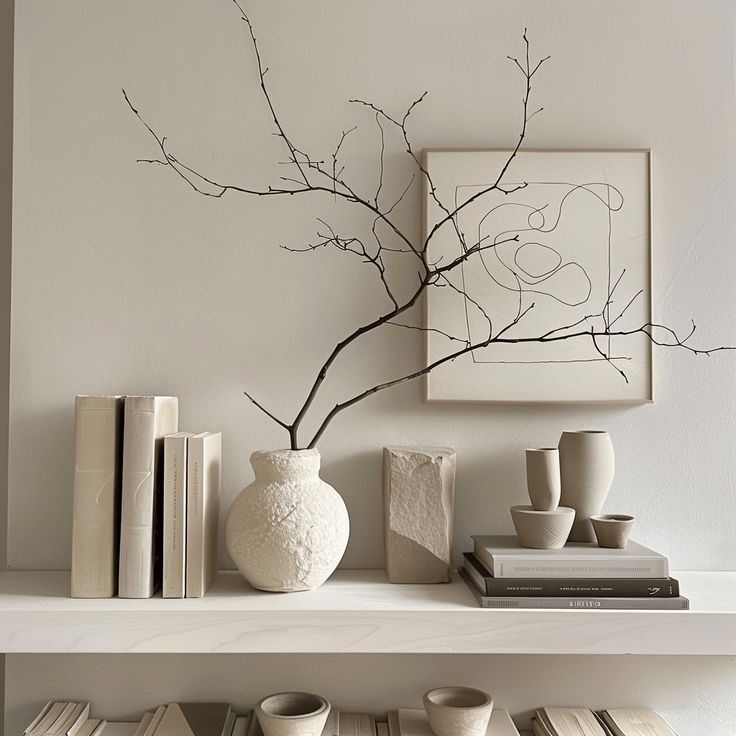
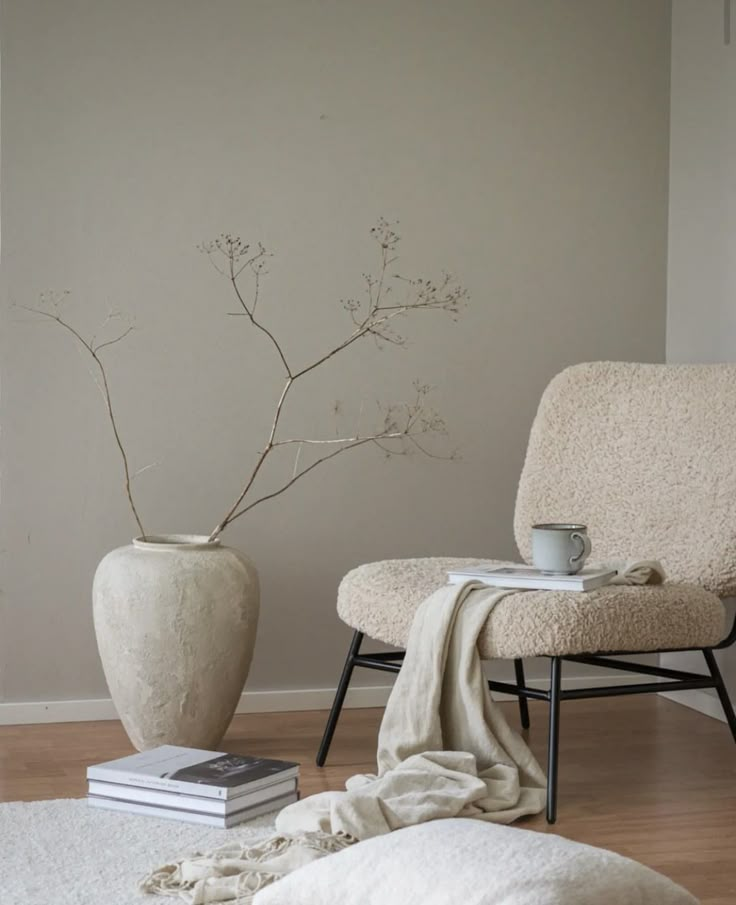
Minimalist decor uses a few simple pieces that serve a clear purpose. Colors are often neutral, like white, gray, or beige, which create a calm and clean space. Decorations are limited, usually focusing on smooth surfaces and plain shapes.
Common accents include simple vases, framed black-and-white photos, and basic lamps. Clutter is avoided, so each item must add value to the room without drawing too much attention. Textures like glass, metal, and natural wood are popular for their sleek look.
Boho Decor Essentials
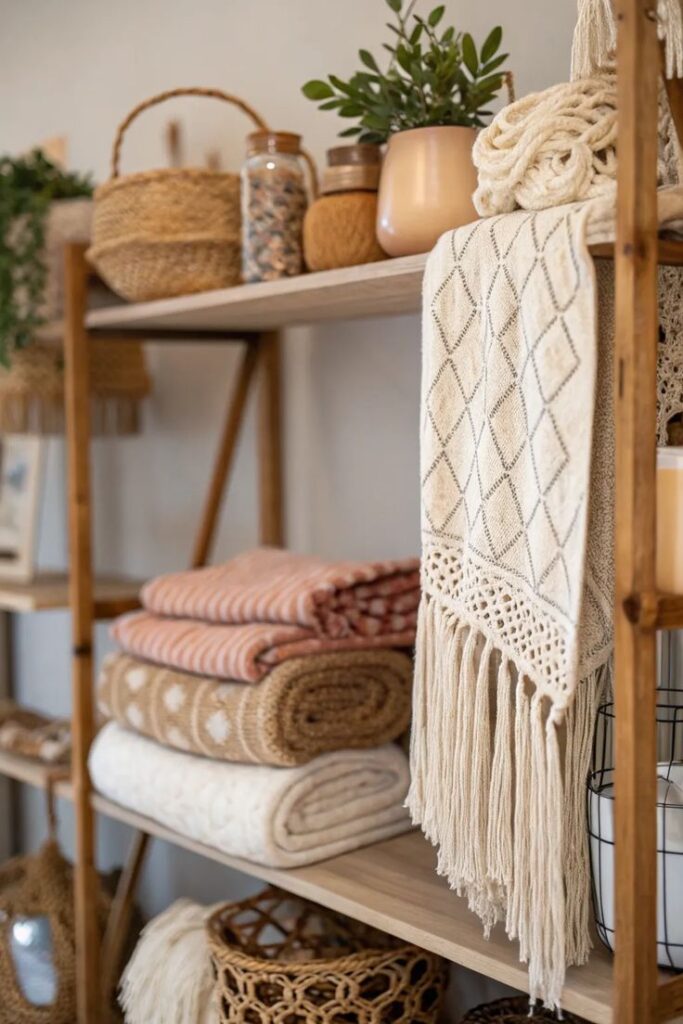
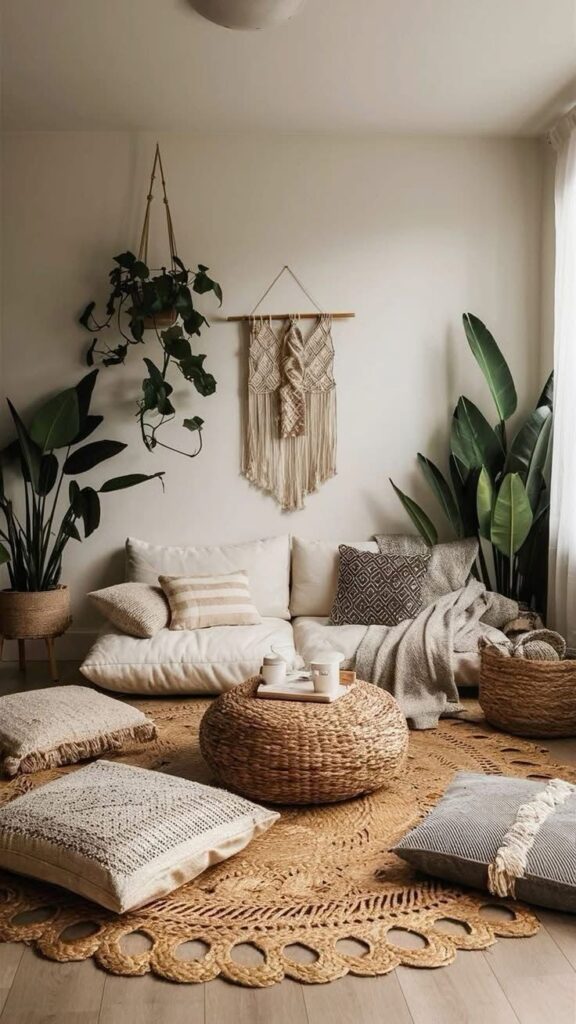
Boho style uses bright colors, patterns, and layers to create a warm, relaxed feel. Items like woven rugs, macramé wall hangings, and plants are key to making the space feel lively and personal.
Accessories are often handmade or vintage. Textiles with fringe, tassels, and mixed patterns add texture. Multiple cushions and throws with different prints encourage a casual, inviting atmosphere. Lighting tends to be soft and warm.
Furniture Styles Comparison
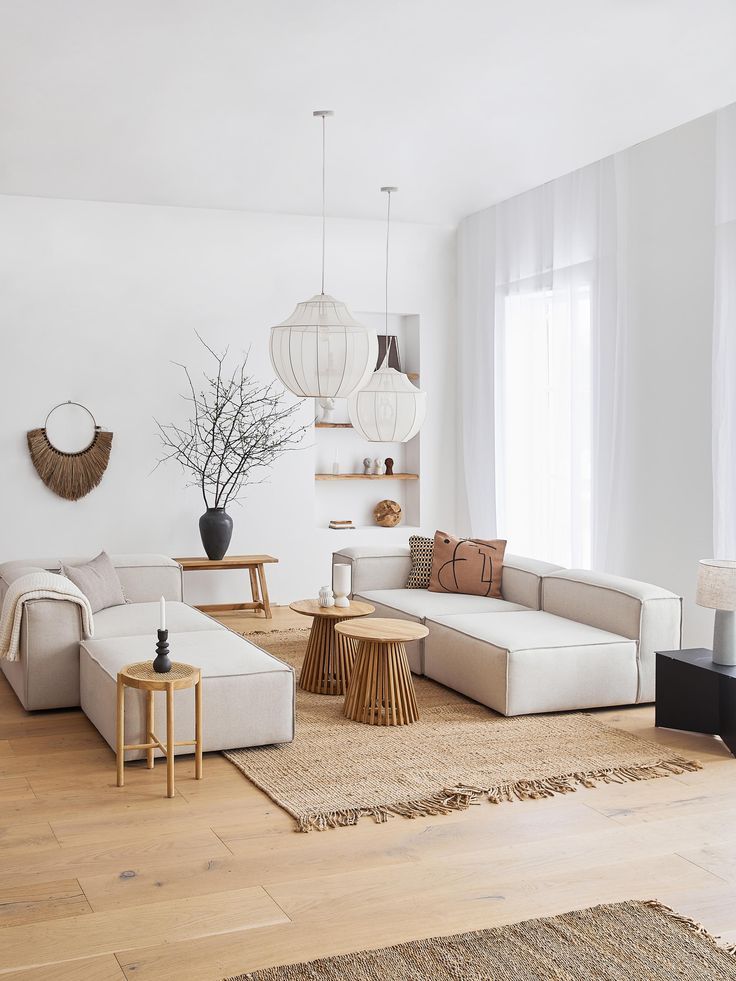
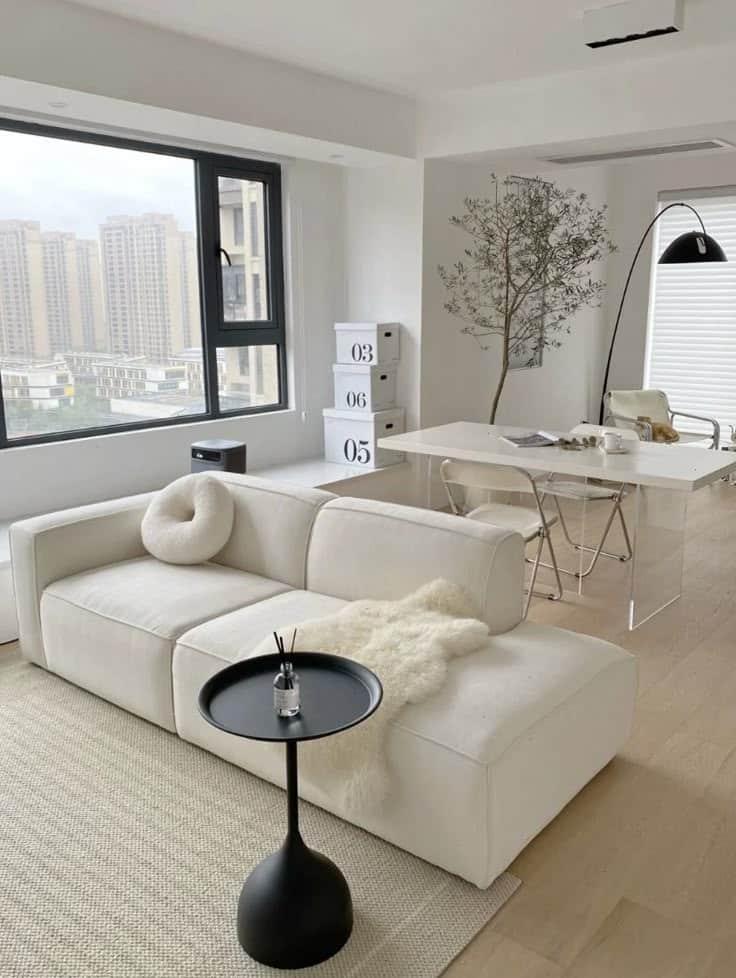
Minimalist furniture focuses on straight lines and smooth surfaces. Pieces are often low-profile and easy to move. Materials like metal, glass, and light wood are common. Furniture serves a clear function without extra decoration.
Boho furniture tends to be more eclectic, featuring carved wood, rattan, or distressed finishes. Shapes may be rounded or irregular. It often includes large, comfortable sofas or poufs and vintage or repurposed items. The goal is a cozy and collected look.
Lifestyle and Mindset
Minimalism and boho styles reflect very different ways of living and thinking. One focuses on reducing clutter and finding calm through simplicity. The other embraces freedom, creativity, and a connection to nature.
Minimalism as a Lifestyle
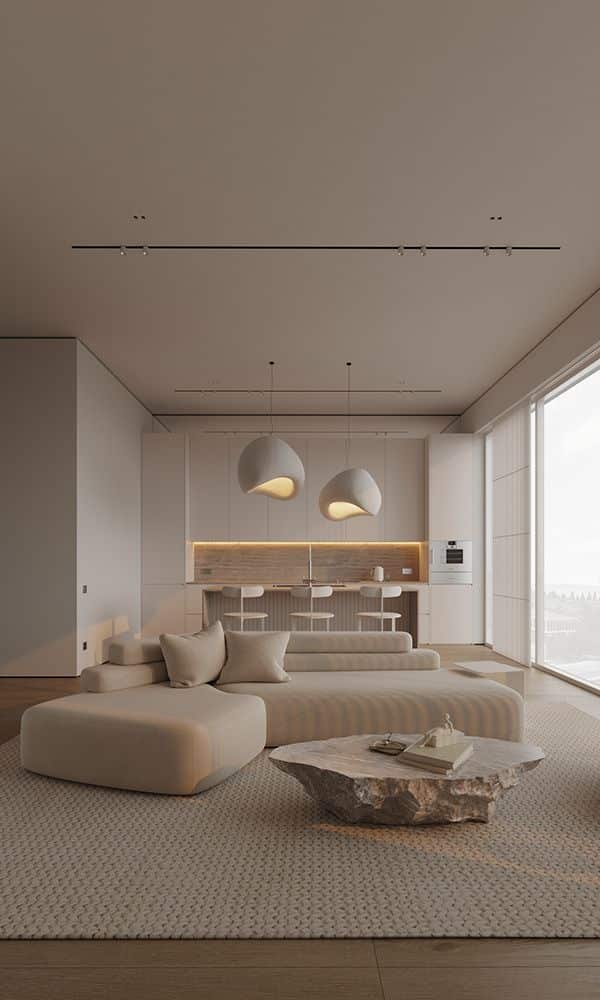
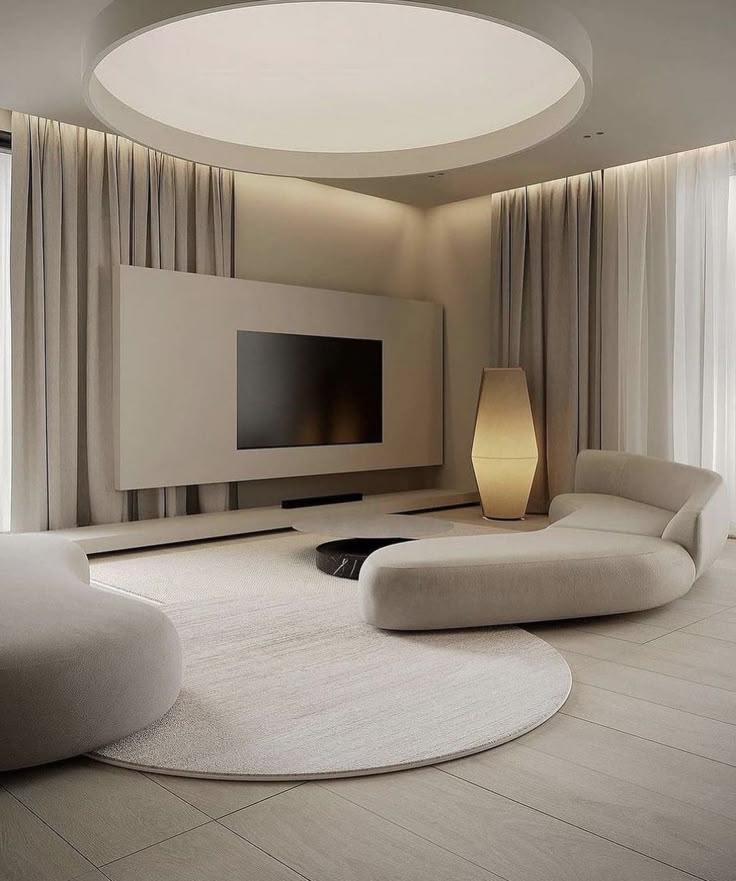
Minimalism encourages people to live with only what they truly need. It values quality over quantity, aiming to reduce stress by removing excess possessions.
People who follow this lifestyle often organize their homes to keep spaces clean and simple. They focus on functionality and avoid trends that might cause waste.
This mindset can help with focus and mental clarity. It often leads to better financial management since fewer purchases are made.
Boho Spirit and Philosophy
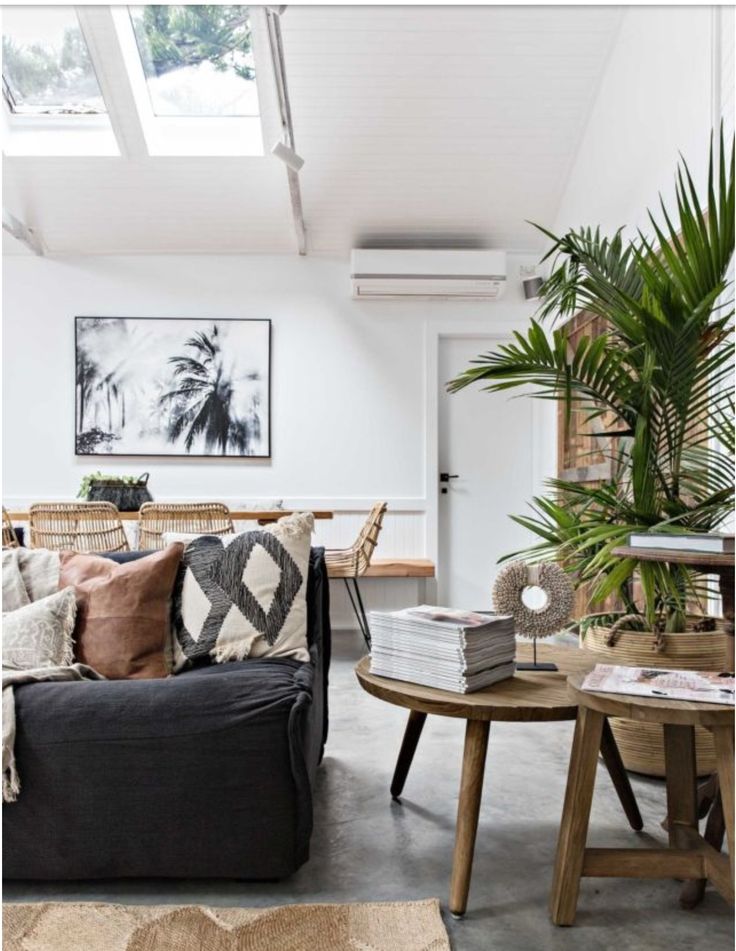
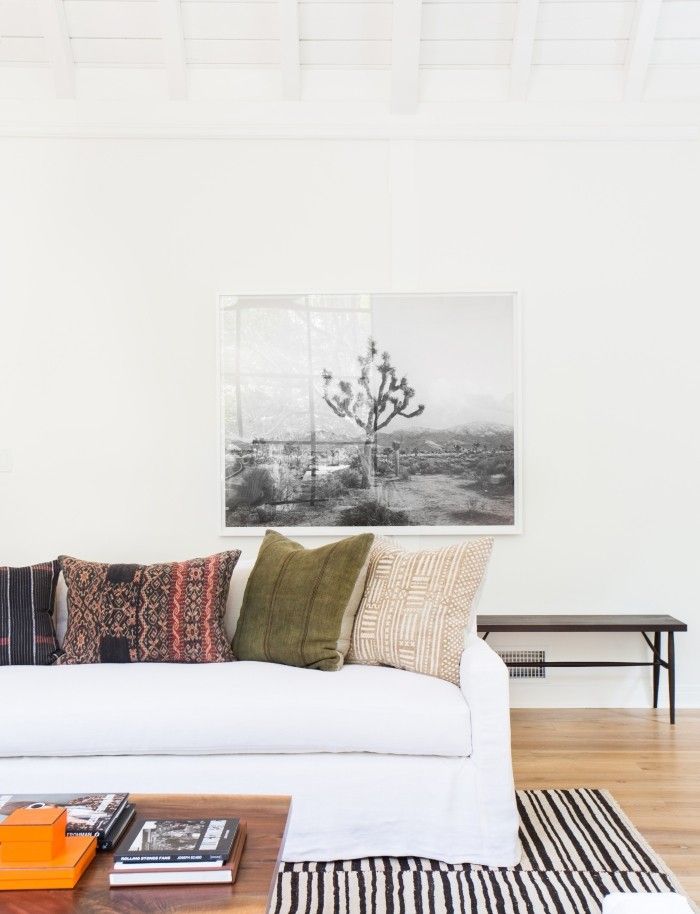
Boho style comes from a free-spirited and artistic way of life. It values self-expression and mixing different cultures and natural elements.
Those who live with a boho mindset often seek connection with nature and prioritize creativity. They welcome imperfection and eclectic decor.
This lifestyle tends to be more relaxed about possessions. It’s about collecting meaningful items and celebrating diversity rather than following strict rules.
Incorporating Minimalism and Boho in Different Spaces
Minimalism focuses on clean lines and uncluttered areas, while boho adds color and texture. Combining these styles means choosing simple shapes with lively patterns. This balance can create warm, inviting rooms that still feel organized.
Living Room Inspirations
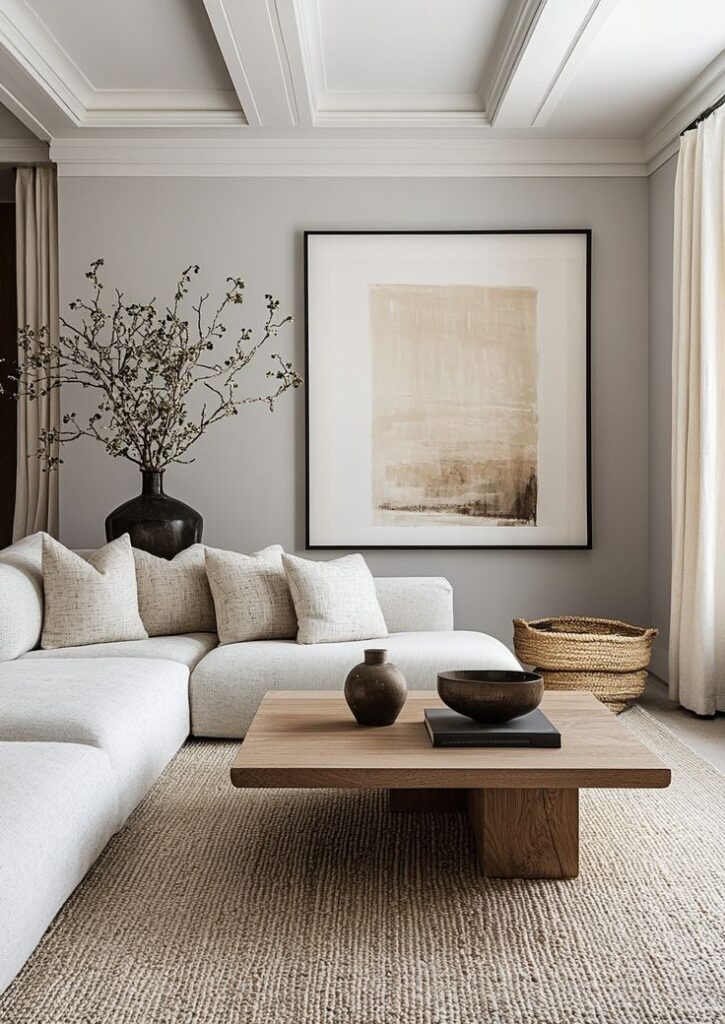
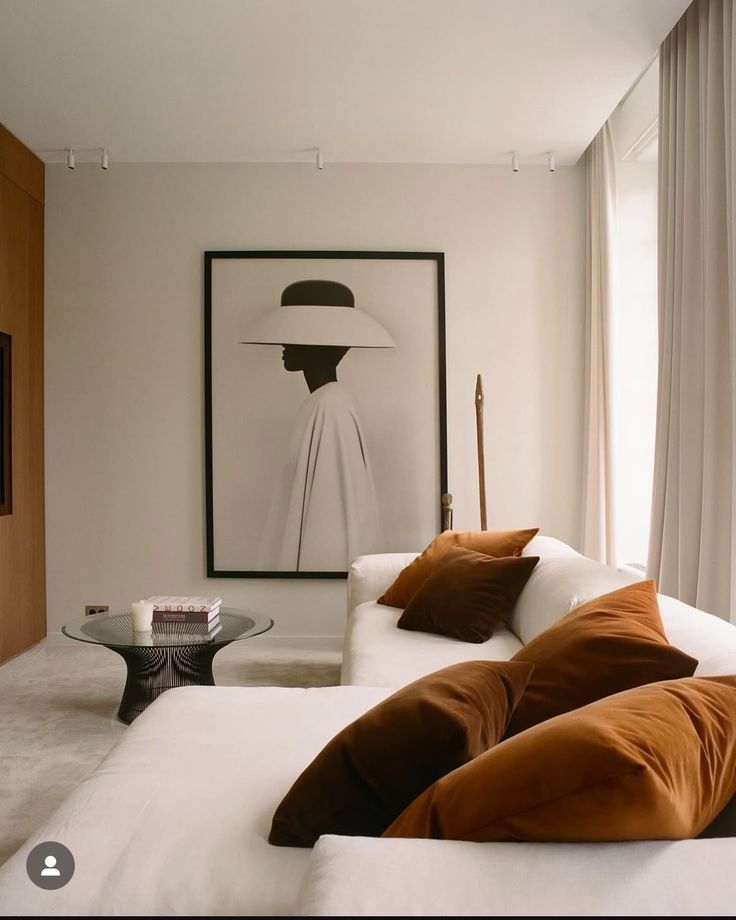
In the living room, minimalism uses neutral colors like white, gray, or beige on walls and furniture. Boho style adds interest with colorful cushions, woven rugs, and plants. A simple sofa with straight lines works well with a patterned throw or a macramé wall hanging.
Key tips:
- Select furniture with clean shapes.
- Add cozy textures through pillows or blankets.
- Use natural materials like wood and rattan.
- Place a few indoor plants to bring life without clutter.
Keeping surfaces clear but adding small boho details helps the room stay calm and welcoming.
Bedrooms and Personal Retreats
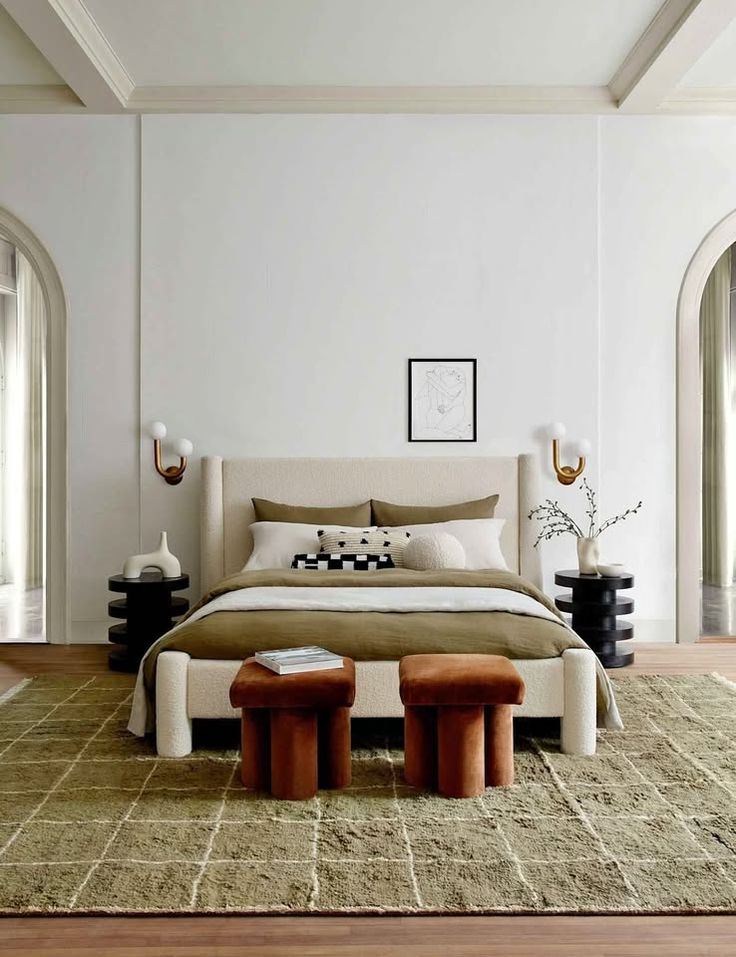
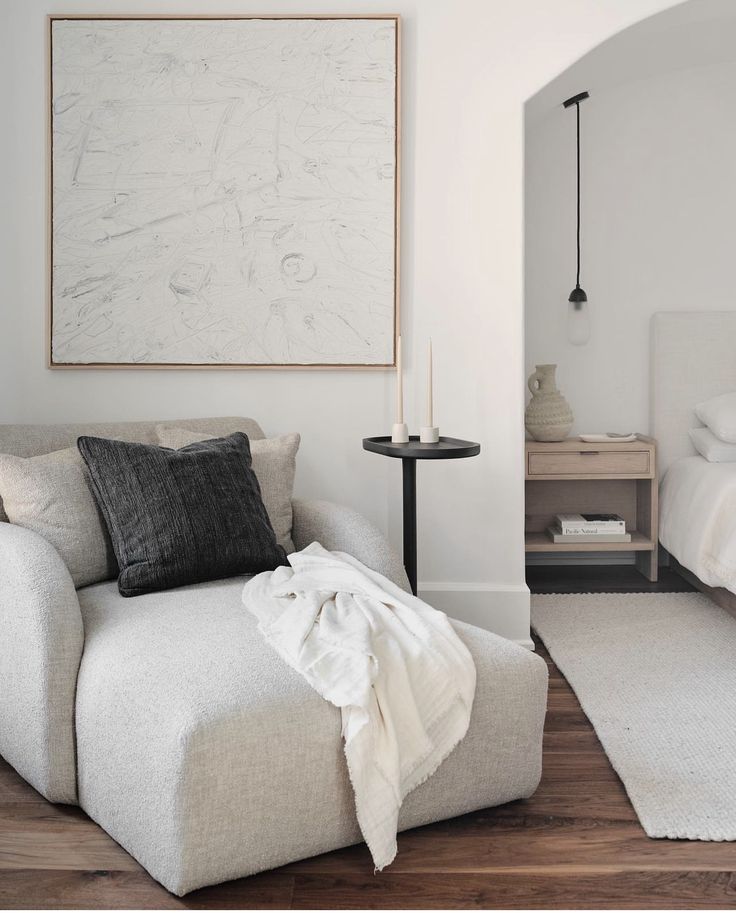
In bedrooms, minimalism promotes a peaceful space with minimal furniture and soft colors. Boho elements come from layered fabrics, patterned bedding, and decorative pillows. Combining these means using a basic bed frame with a colorful quilt or wall tapestry.
Suggestions include:
- Keeping walls simple, maybe one accent color.
- Using textiles with earthy tones and geometric patterns.
- Adding handmade or vintage items like baskets or lamps.
- Avoiding too many items to keep rest easy and uncluttered.
This style blend helps the bedroom feel relaxing but full of personality.
Blending Minimalism and Boho Style
Mixing minimalism and boho style requires care to keep balance. It involves combining clean lines with natural textures and patterns. This section explains how to blend these two looks and issues to watch for.
Tips for Combining Both Aesthetics
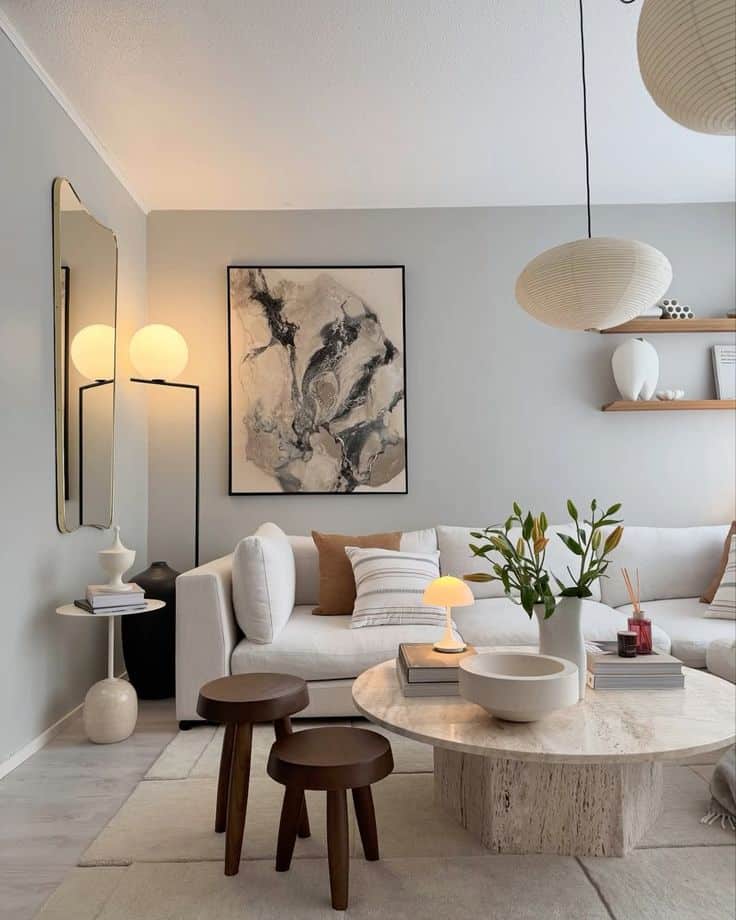
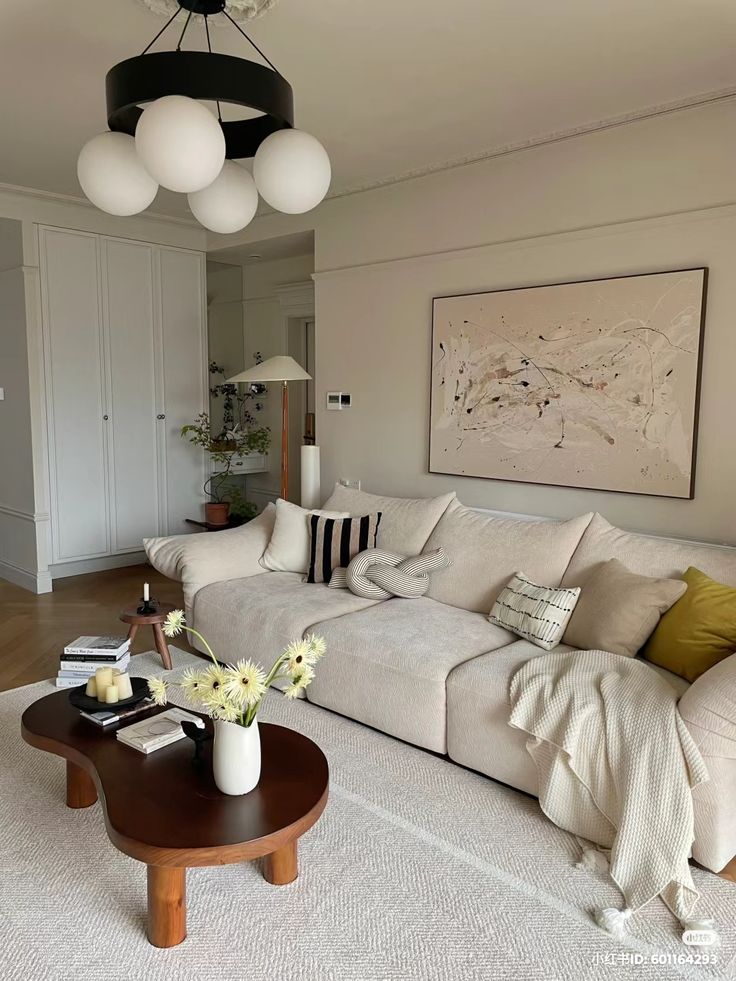
Start with a neutral base, like white or beige walls, to keep the minimalist feel. Add boho elements through textiles, such as patterned rugs or throw pillows. Use natural materials like wood, rattan, and linen to connect the styles.
Limit the number of colors. Stick to earth tones with occasional bright accents from boho patterns. Choose simple, functional furniture but add personality with unique boho decor items like plants or wall hangings.
Keep the space uncluttered. Display only a few special boho pieces. This prevents the room from feeling messy and helps maintain minimalism’s clean vibe.
Challenges of Mixing Styles
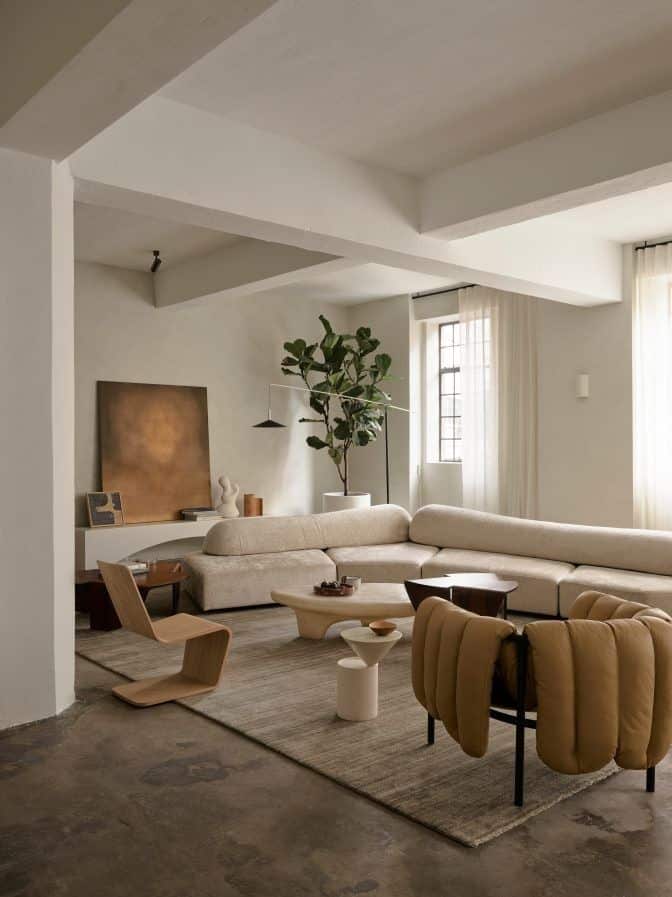
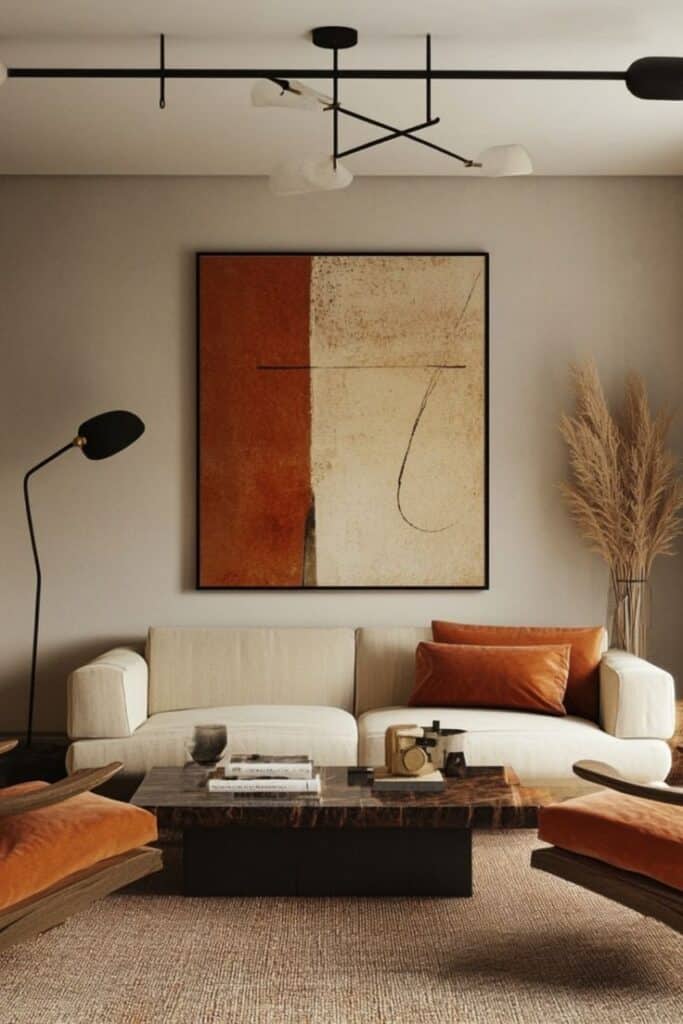
One challenge is avoiding clutter. Boho style often uses many accessories, but minimalism prefers less. Too many items can overwhelm the simplicity minimalism requires.
Another issue is matching patterns with plain surfaces. Boho uses bold prints, but these can clash with minimalist furniture. Finding balance means choosing patterns carefully and limiting their size or numbers.
It can also be hard to keep warmth in a minimalist space when adding boho elements. Boho relies on texture and layers for coziness. The key is to layer softly without overdoing it, so the space stays open and inviting.
Sustainability and Ethical Considerations
Sustainability and ethics matter in both minimalism and boho styles. Each style approaches these issues in different ways. Some focus on reducing waste, while others emphasize fair trade and natural materials.
Minimalist Approach to Sustainability
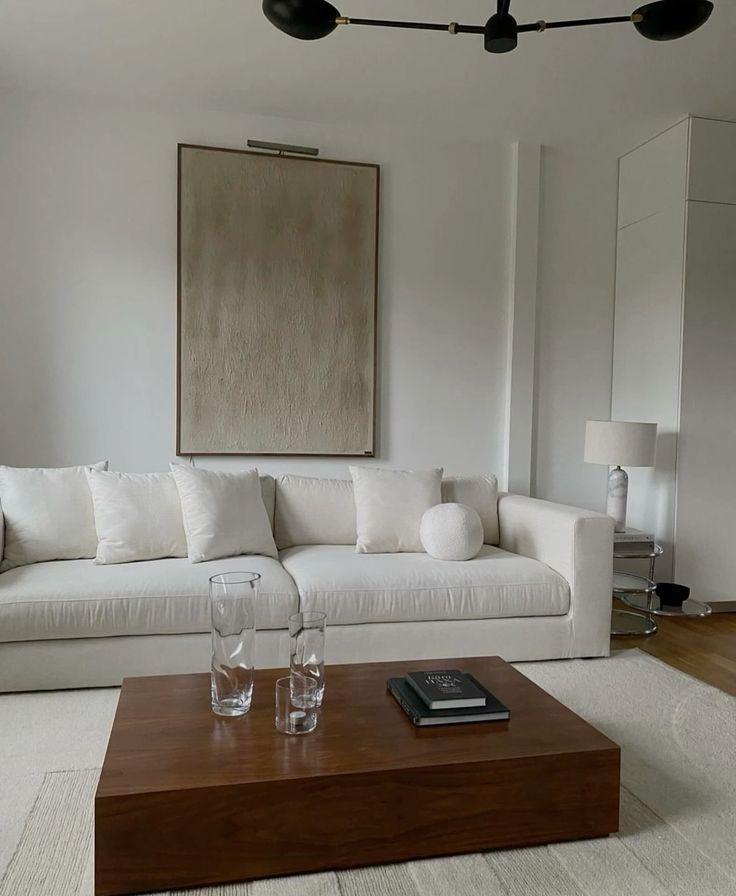
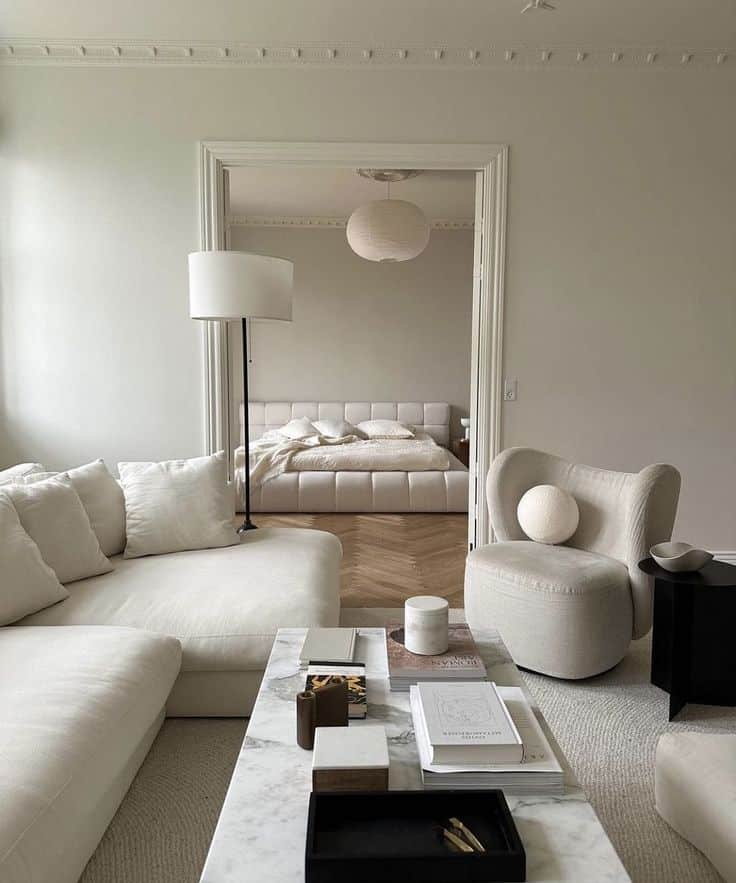
Minimalism often values quality over quantity. People who choose this style buy fewer items but invest in pieces that last long. This reduces waste and the need to replace goods frequently.
Minimalists prefer products made with sustainable materials like organic cotton, bamboo, or recycled metals. They avoid fast fashion and disposable items to lower their environmental footprint.
They also focus on simple designs that can be used for many years. Durability and ease of repair are key factors in choosing products. This helps reduce overall consumption and waste.
Boho Style and Ethical Choices

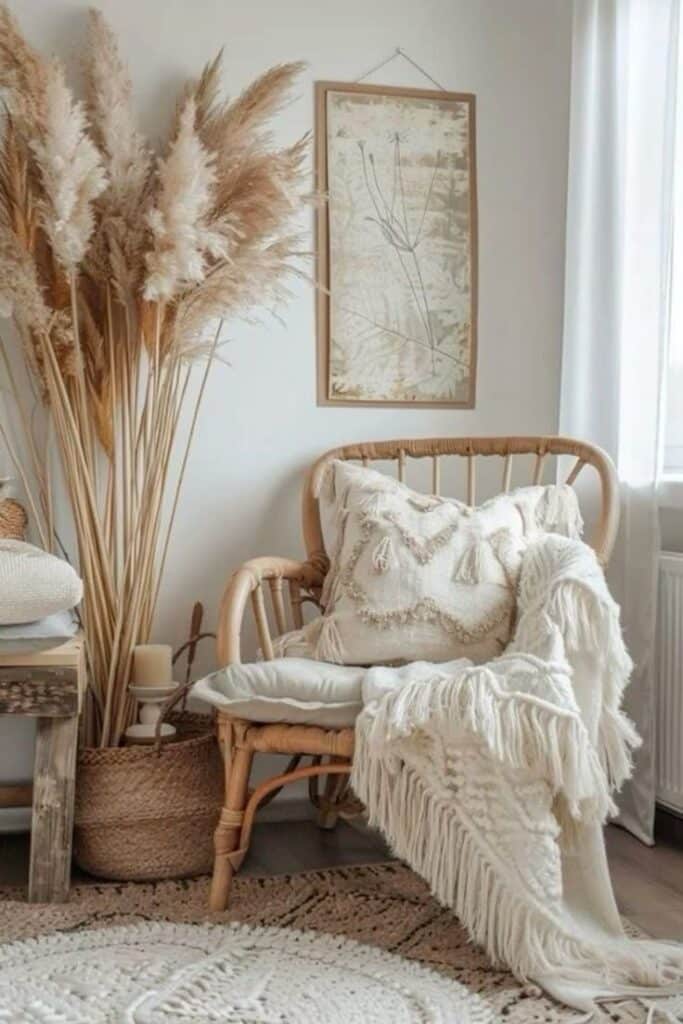
Boho style often uses materials from natural sources, like hemp, jute, and linen. This supports sustainability because these fibers are biodegradable and grow quickly with less water.
Fair trade and handmade items are common in boho decor and fashion. This means artisans get fair pay and work in safe conditions, which supports ethical production.
However, boho style can sometimes encourage buying many diverse items. This might increase consumption if people do not prioritize quality or ethical sourcing.
Boho sustainability focus:
- Natural fibers
- Fair trade and handmade goods
- Supporting small artisans
This makes boho style appealing to those who want unique, ethical pieces with cultural value.
Conclusion
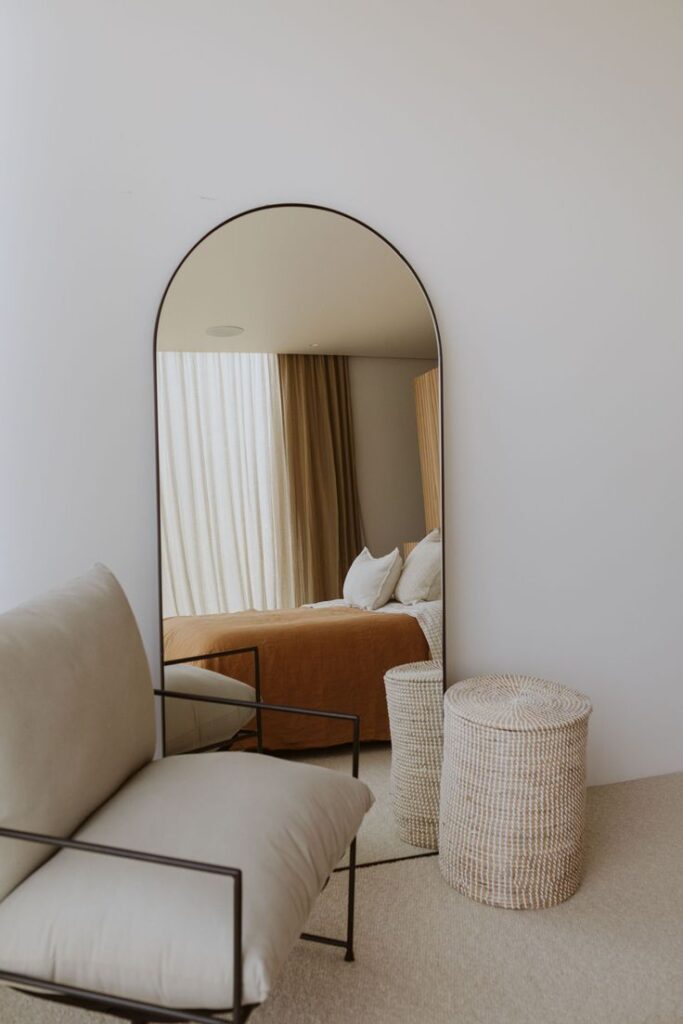
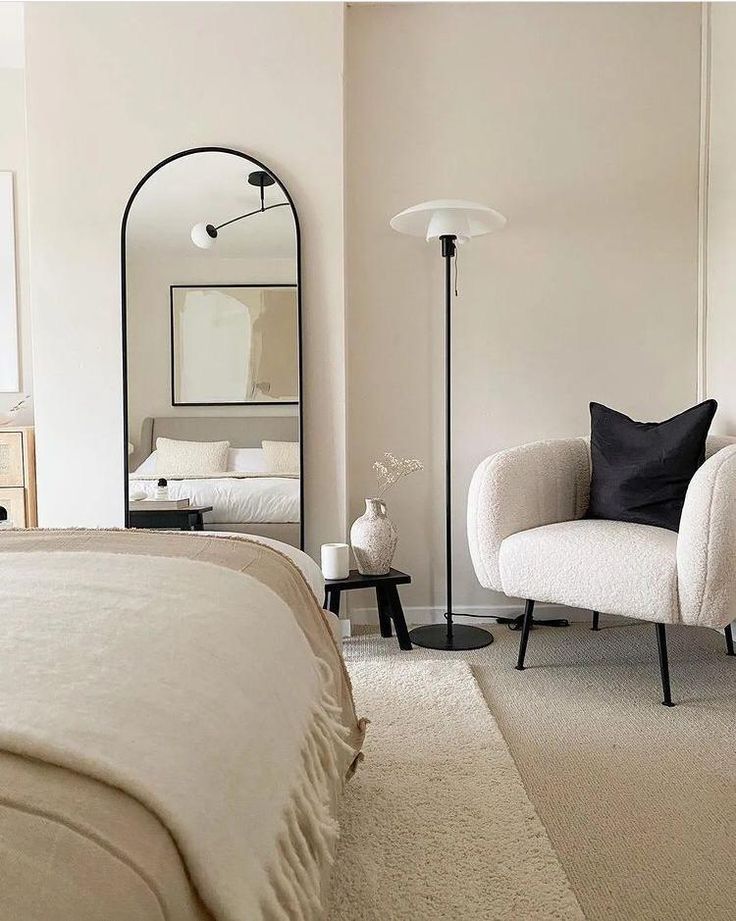
Minimalism and boho style offer two very different ways to design a space. Minimalism focuses on simplicity, clean lines, and fewer objects. Boho style embraces color, patterns, and a mix of textures.
Each style suits different personalities and lifestyles. Minimalism works well for those who prefer order and calm. Boho appeals to people who enjoy creativity and a relaxed vibe.
Choosing between the two depends on what fits a person’s needs and taste. Some may even blend elements from both. For example:
| Minimalism | Boho |
|---|---|
| Neutral colors | Bright, earthy tones |
| Simple furniture | Eclectic, handmade |
| Clear surfaces | Layered textiles |
Both styles can create a comfortable home when done with care. Understanding the core values of each helps in making a clear choice.
- 0shares
- Facebook0
- Pinterest0
- Twitter0

